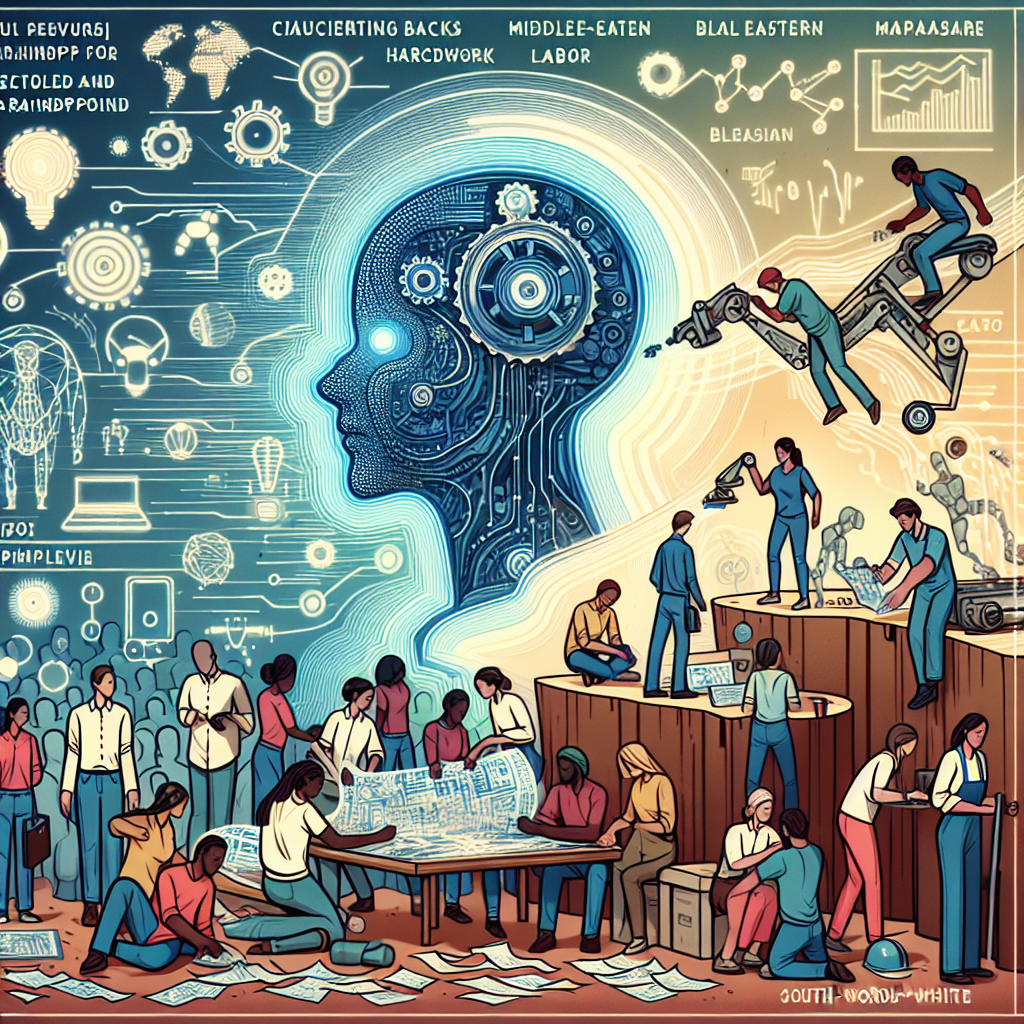“Hardware Troubles Persist: Generative AI is No Magic Solution!”

“Generative AI Doesn’t Make Hardware Less Hard”
“As Google researchers discovered when they used machine learning to design the next generation of their tensor processing unit chip, AI might create a blueprint for a piece of hardware but that does not mean the chip can be produced.”
It’s like they’ve just woken up to the fact that ideas don’t suddenly materialize themselves into reality. The joy on their faces could only be compared to that of a kid on Christmas morning when they realized artificial intelligence works just fine at coming up with a flashy, complex blueprint for a new piece of hardware, but when it comes to hard grafting the work into existence, not so much.
No, it doesn’t mean the chip can be manufactured with a snap of a finger or a command to Alexa. How surprising! It’s almost as if, despite all the hype and promise of AI technology, some good old-fashioned manual labor and brain power are still needed in the physical world. Our reality isn’t quite ready for a hands-free approach… yet!
And let’s not forget, the design process is not just about developing a blueprint, there is a whole host of variables to consider. It’s like setting up an elaborate domino chain reaction – all elements need to be perfect for it to work. So, when an intelligent machine comes up with a brain-frying, math-defying blueprint, making it functional needs human expertise. Aluminium? Copper? Silicon? Decisions, decisions!
But here comes the crux of the matter: even if these advanced blueprints can be produced, using machine learning presents its own issues. Remember, machine learning requires exposure to tons of data to learn and refine its knowledge over time logically. So, unless it has been fed with the right data to make these decisions, new hardware could very well end up as nothing more than a great idea sketched on a piece of (digital) paper. No, Alexa, it’s not that easy, is it?
So, the message is crystal clear, despite all these fantastic strides in technology, it seems you can’t completely remove the human from the loop. Machines still have a long way to go before they can even dream of replacing the creativity, decision-making ability, and multifaceted contextual understanding that humans possess. AI can continue to dream the dream – but, for now, it’s the human touch that will bring it to life…literally. Isn’t that a comforting thought?
